How does an airline make a decision about whether to buy new or used aircraft? There are many more factors in this than simply purchase cost.
This is a recurring topic in the airline world. And it got new attention most recently, thanks to Allegiant. The airline gradually became an all-Airbus single-aisle operator, just before the pandemic. Allegiant built its operating model around the purchase of relatively young, used aircraft, rather than buying new.
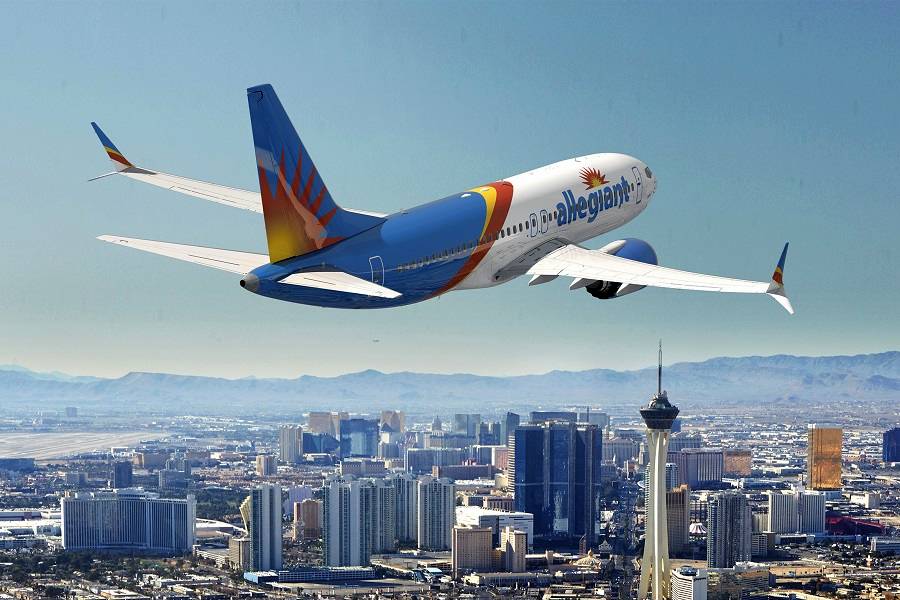
But last week, Allegiant surprised some observers and even some of its investors, when it announced a 737 MAX order. The airline is getting 30 737-7s and 20 737-8-200s, with options for 50 more. And obviously, every one of these jets is going to be new. Boeing doesn’t have ‘whitetail’ (i.e. built jets without buyers) fitting these types. Previously, the airline had focused on standardizing on the A319 and A320, to reduce costs.
So, what changed? How does an airline decide between used and new aircraft, and why or when would it change? Simplistically speaking, there are two key factors here – although they are not entirely independent. The first one is utilization. We previously saw this when looking at the merits of new or converted freighters. And the principle is the same.

New Or Used Aircraft – Efficiency Vs Utilization
We know that new aircraft are generally more efficient than used ones. But that matters little if the airline is not flying them often enough. New aircraft are more expensive to finance, so they are a good choice for airlines that fly them a lot. With high utilization, fuel costs become more important than leasing/financing costs. But what if the airline doesn’t fly as much?
Allegiant took advantage of the low fixed costs of its older fleet by simply parking jets when it didn’t need them. Airlines have to plan new routes carefully, factoring in changes in seasonal demand and other random challenges. In 2021, we saw Southwest get into trouble when the weather (and possibly other issues) stressed its resources. As a low-cost carrier, Southwest keeps its fleet on the ground as little as possible.
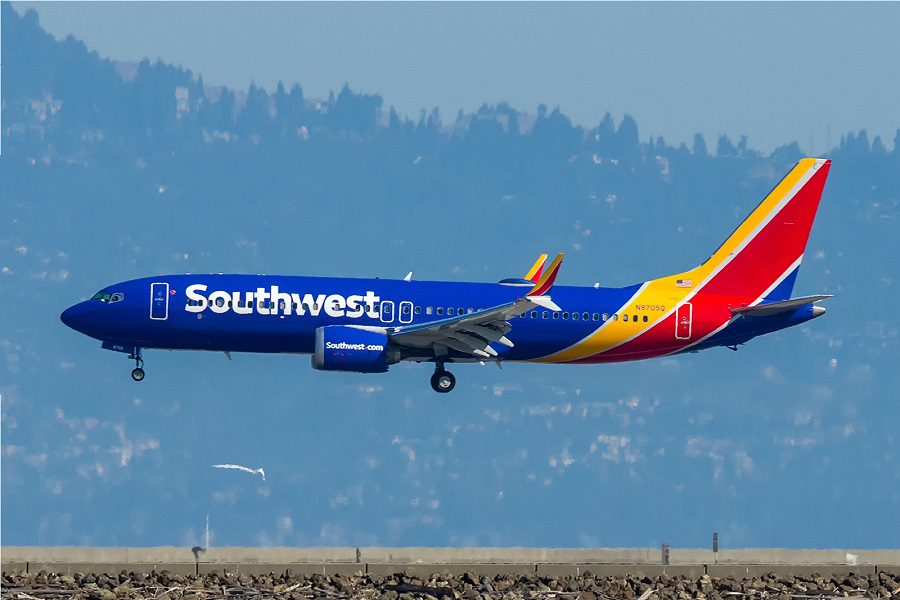
Allegiant is a low-cost carrier, too. But unlike Southwest and others who buy (mostly) new aircraft, it can afford to fly some of its used jets only 3-4 times per week. And Allegiant is far from alone in operating this way. Many startups (Avelo, Flyr) that have a limited route network, to begin with, have to operate like this, too.
Other startups, perhaps with strong finances and/or a way to build a new route network quickly, go for new aircraft, rather than buying used. Akasa in India is a recent example. Iceland’s PLAY also went for new A321neos. However, the pandemic has made such comparisons difficult, because some airlines may have found relatively cheap leases, confusing the picture.
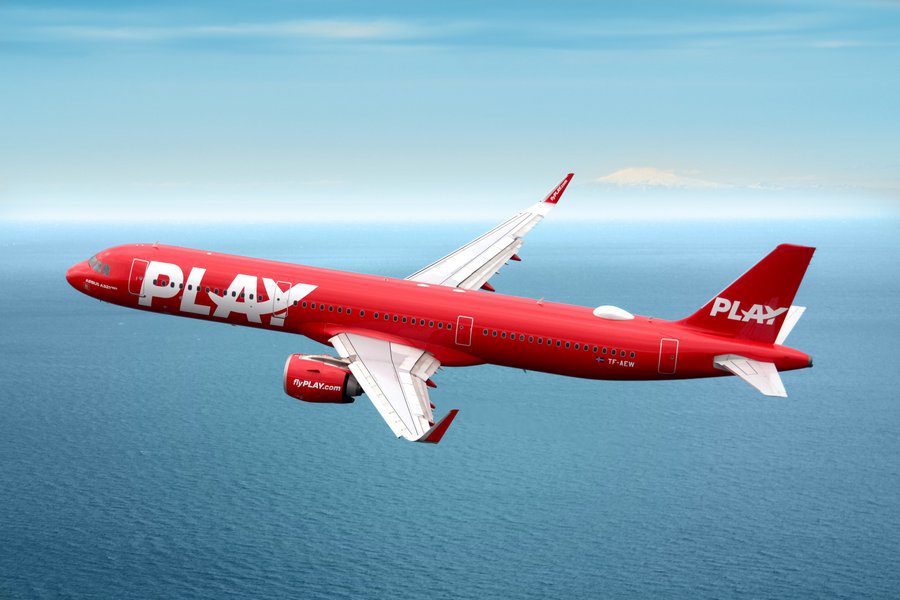
Why Choose? Having Used And New Aircraft
Speaking of confusing pictures, we also have Breeze! This airline solved the ‘new Vs used’ aircraft dilemma, by getting both. The airline started its network using very cheap-to-lease Embraer E190/195s. These jets are still relatively new but have fallen out of favour in some markets. Breeze is already picking up brand-new Airbus A220-300s. But these jets won’t replace the Embraers. The airline will simply use each type in routes that suit it best.
Breeze will also use its Airbus (new) and Embraer (used) aircraft fleets differently, in terms of operations. The Embraers are flying return trips from a single base, while the A220s will fly point-to-point. Return trips from a single base are more prone to variations in seasonal demand. But that’s not a problem, since the Embraers flying them can stay parked in the apron, without costing too much to the airline.
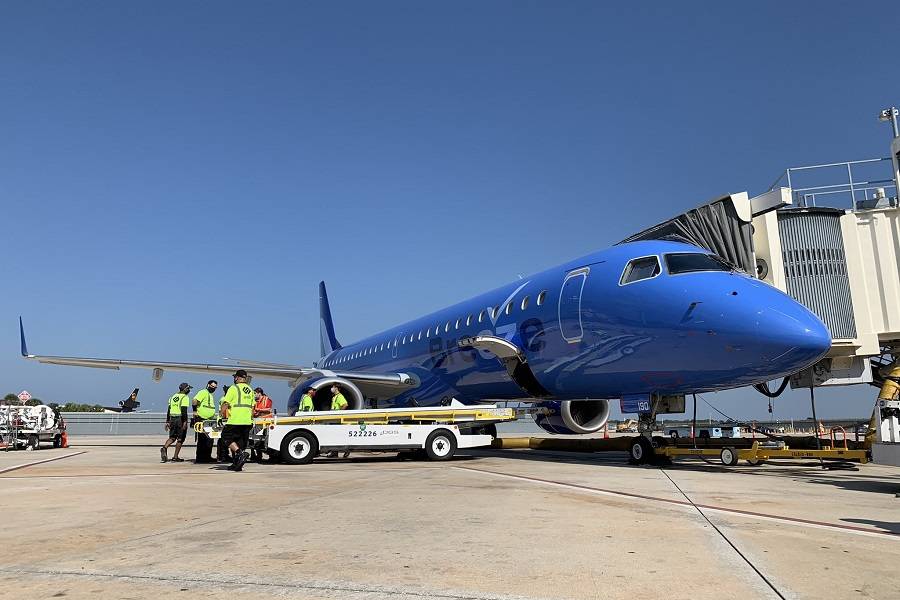
This appears to be part of what Allegiant has in mind. The airline will continue to fly its used A320-family aircraft, alongside its new 737 MAX fleet. But naturally, this will require a change in its operating model. And this made many of the airline’s investors nervous. Allegiant’s shares fell more than 8%, at the news of its 737 MAX order. The airline’s management held an investor call, to explain their thinking.
Outgrowing Older Jets?
The other factor that featured heavily in Allegiant’s purchase is simply fleet growth. It may be financially OK to keep used aircraft on the ground a bit more than new ones, but they pose other challenges. Some random demands for unscheduled maintenance may be OK in a small fleet, when more aircraft are sitting idle, standing by. But as the fleet grows, so do the chances for unforeseen issues.
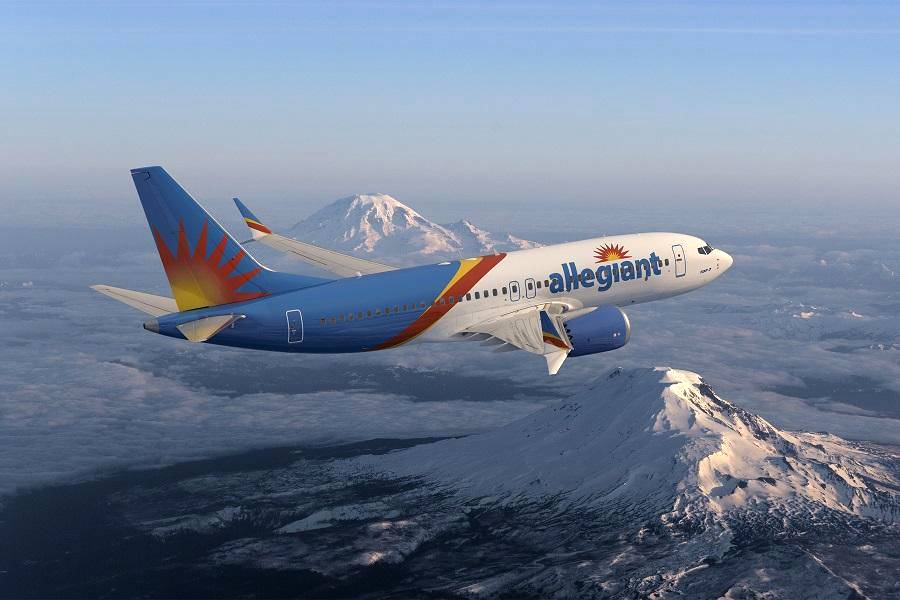
The airline defended its purchase of new 737s, stating that running a fleet of over 100 used aircraft isn’t realistic. Allegiant’s management also outlined just how much better the per-seat economics of its new fleet will be. The airline expects the 737-8-200 to have a 15.15% lower cost per seat than the A320ceo in this regard. The 737-7 will do even better than that against the A319ceo, at 18.19%.
Interestingly, Allegiant’s management also shared that ownership costs between its new and used aircraft will be very similar. This should reassure many investors that the airline won’t have to reinvent itself completely. Of course, ideally, the airline would get A319/A320neos, to use next to its older jets. But as we saw, Airbus could not offer timely delivery slots to the airline.

Many airlines were busy replacing their A320ceos with neos, and 737NGs with MAX models, before the pandemic. This, plus the pandemic itself, put many used aircraft in the market, with new ones arriving slowly. This made older aircraft even cheaper, making them more attractive than ever. But moves like Allegiant’s, and Flair in Canada, shows that expanding airlines often prefer new planes.



